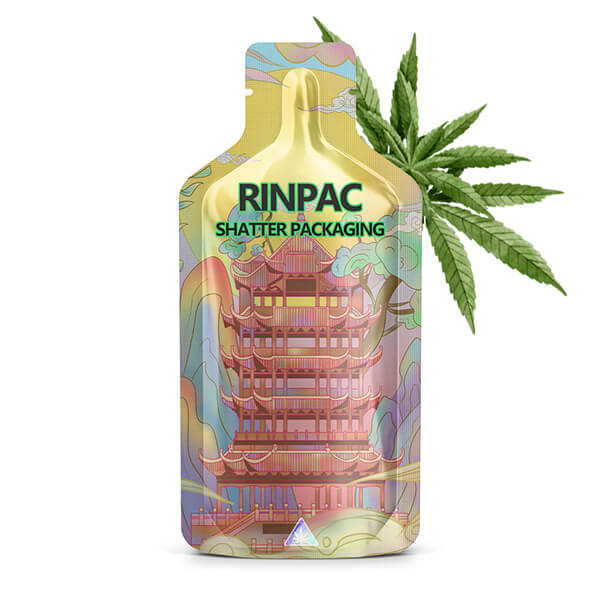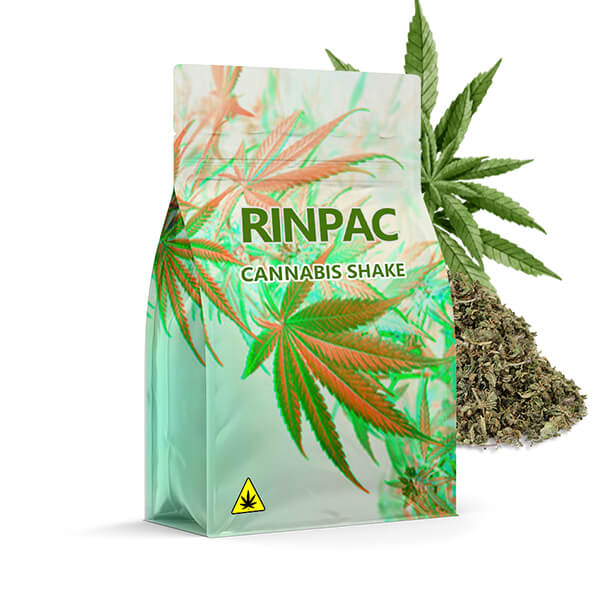Home » Market Served » Cannabis Packaging » Dispensaries Packaging
Dispensaries Packaging
Cannabis packaging allows you to safely and discreetly store a variety of products for safekeeping.
Rinpac wide selection of packaging bags and pouches are designed with your cannabis & dispensary packaging needs in mind.
Please note that we have a MOQ for our pouch. For pouches in stock, the MOQ is 500 pcs. For customized pouches, please see the MOQ as followed:
1, Digital Printing — 500 pcs
2, Gravure Printing — 5,000pcs
Rinpac assists you throughout your project: bag shape, material, thickness, capacity and printing options. Please contact us or mark your requirements on the inquiry quotation.
Order single or thousands of items at a time. Our warehouse and flexible shipping options are available for last-minute, deadline critical orders.
- Free Sample
*Customization is always available, please mark down your need in cart or just contact us.
Video
Request A Quote
Need something helped in a short time? We’ve got a plan for you.
Related Products

Cannabis Gummies Packaging

Cannabis Flower Packaging

Cannabis Chocolate Packaging

Edible Packaging

THC Packaging

CBD Packaging

Shatter Packaging

Cannabis Concentrate Packaging

Cannabis Pre Roll Packaging

Dispensaries Packaging

Blunt Wrap Packaging

Cannabis Shake Packaging

Cannabis Seed Packaging

Tincture Packaging

Distillate Syringe Packaging

Delta-8 Packaging
Dispensary Packaging: Elevating the Cannabis Shopping Experience
Dispensaries have become an integral part of the cannabis industry, offering a wide range of products to consumers. In this article, we will explore the world of dispensary packaging, focusing on its role in enhancing the cannabis shopping experience for customers.
Introduction
Dispensaries are more than just a place to buy cannabis; they are a hub of education, culture, and community. The packaging of cannabis products in dispensaries plays a pivotal role in shaping the overall shopping experience.
The Significance of Dispensary Packaging
Dispensary packaging is the first point of contact between a consumer and a product. It can influence purchase decisions, ensure product safety, and create a memorable brand experience.
Types of Dispensary Packaging
Dispensaries offer a variety of packaging types, from child-resistant containers for flower to discreet options for edibles. The choice of packaging should reflect the product’s nature and the customer’s needs.
Branding and Aesthetics
Dispensary packaging is an extension of a brand’s identity. Aesthetically pleasing and consistent packaging reinforces brand recognition and sets the dispensary apart in a competitive market.
Safety and Compliance
Safety is paramount in the cannabis industry. Dispensary packaging should adhere to legal requirements, including child-resistant features and accurate labeling.
Sustainability and Eco-Friendly Practices
The cannabis industry is increasingly embracing sustainability. Eco-friendly dispensary packaging materials and practices not only benefit the environment but also resonate with eco-conscious consumers.
Consumer Convenience
Dispensary packaging should prioritize convenience for the consumer. Easy-to-open, resealable, and well-labeled packaging enhances the shopping experience.
Personalization and Customization
Personalized packaging allows dispensaries to cater to different customer preferences. Custom branding and unique designs can create a lasting impression.
Technology in Dispensary Packaging
Innovations such as QR codes for product information and augmented reality for interactive packaging are becoming more prevalent, enhancing the consumer’s experience.
Challenges in Dispensary Packaging
Challenges in dispensary packaging include staying compliant with ever-evolving regulations, managing costs, and finding the right balance between branding and safety.
Conclusion
Dispensary packaging is a multifaceted element in the cannabis shopping experience. It serves as a bridge between the dispensary and the consumer, offering not only product protection but also branding and convenience. As the cannabis industry continues to grow, dispensary packaging will evolve to meet the changing needs and expectations of consumers.
In conclusion, dispensary packaging is an essential component of the cannabis retail experience. It enhances brand identity, ensures product safety, and ultimately elevates the satisfaction of consumers. As the industry progresses, dispensaries and packaging manufacturers will continue to work together to create innovative and eco-friendly solutions that make the cannabis shopping experience enjoyable and memorable.
